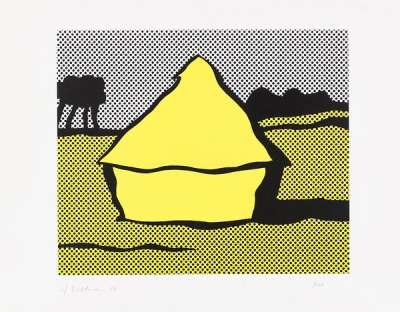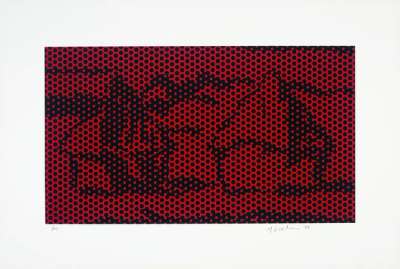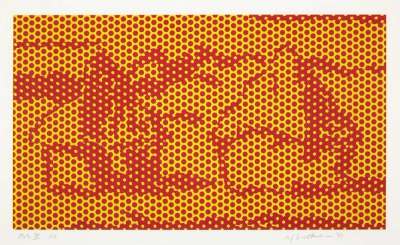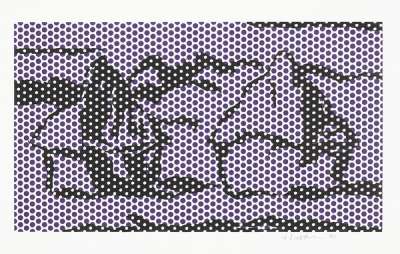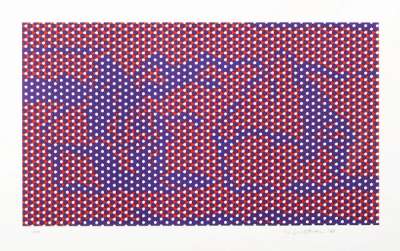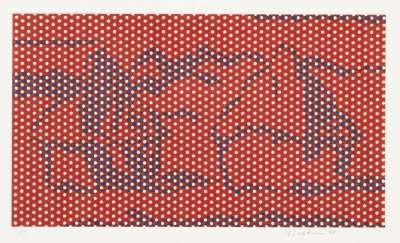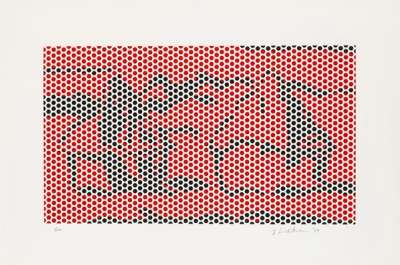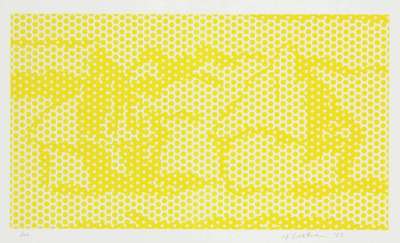
Haystack #7
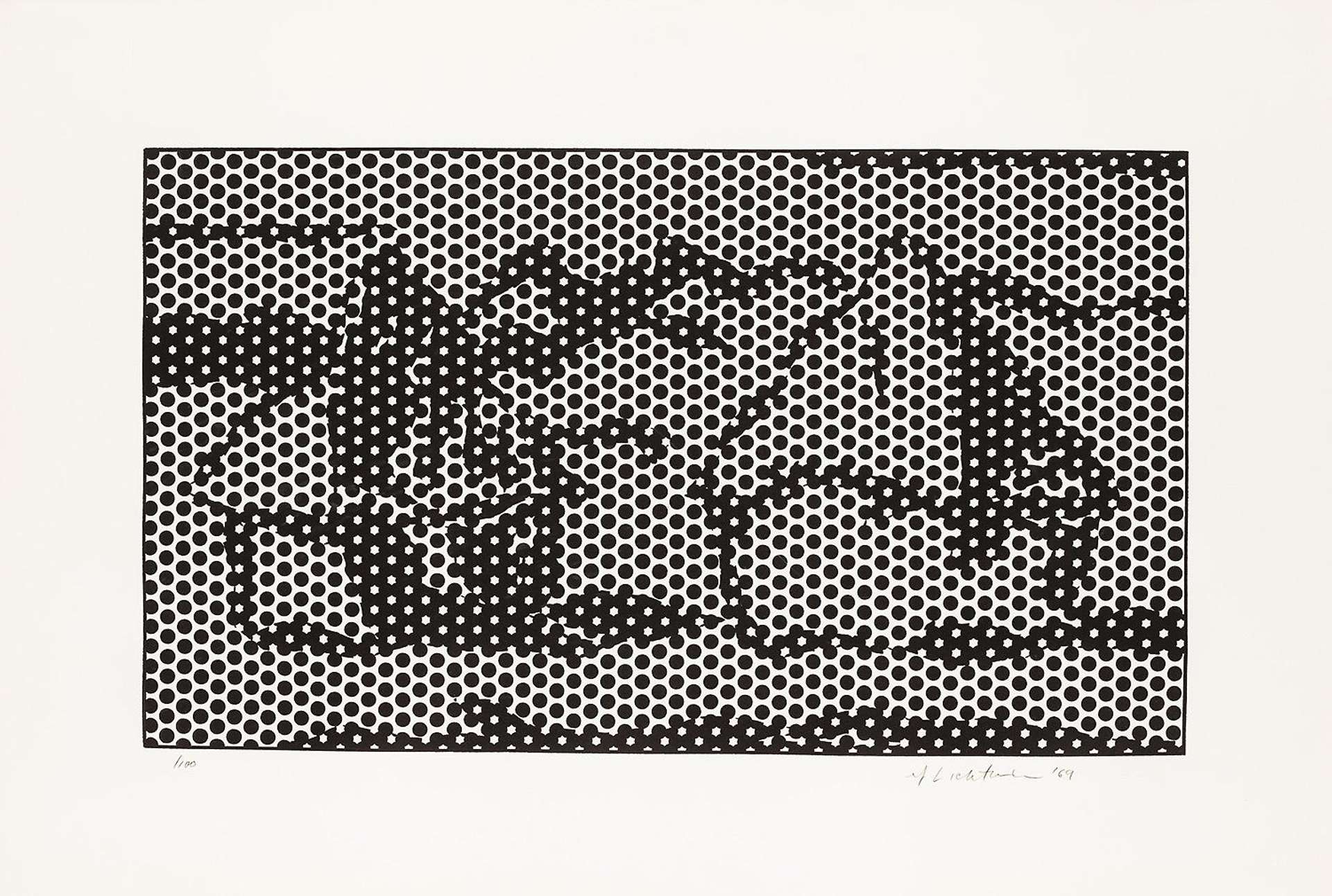
Haystack #7
Signed Print
Roy Lichtenstein
£7,500-£11,000
$14,500-$21,000 Value Indicator
$13,000-$19,000 Value Indicator
¥70,000-¥100,000 Value Indicator
€9,000-€13,000 Value Indicator
$70,000-$110,000 Value Indicator
¥1,420,000-¥2,090,000 Value Indicator
$9,500-$14,000 Value Indicator
AAGR (5 years) This estimate blends recent public auction records with our own private sale data and network demand.
There aren't enough data points on this work for a comprehensive result. Please speak to a specialist by making an enquiry.
Medium: Planographic print
Edition size: 100
Year: 1969
Size: H 51cm x W 76cm
Signed: Yes
Format: Signed Print
TradingFloor
MyPortfolio
Your collection tracked in real time.
Build your portfolio, manage valuations, view return against your collection and watch works you're looking for.
Track auction value trend
Auction Results
| Auction Date | Auction House | Artwork | Hammer Price | Return to Seller | Buyer Paid |
|---|---|---|---|---|---|
| October 2023 | Bonhams Los Angeles - United States | Haystack #7 - Signed Print | |||
| May 2023 | Bonhams New York - United States | Haystack #7 - Signed Print | |||
| February 2022 | Christie's New York - United States | Haystack #7 - Signed Print | |||
| June 2018 | Bonhams New Bond Street - United Kingdom | Haystack #7 - Signed Print | |||
| February 2018 | Christie's New York - United States | Haystack #7 - Signed Print | |||
| February 2015 | Christie's New York - United States | Haystack #7 - Signed Print | |||
| October 2014 | Bonhams San Francisco - United States | Haystack #7 - Signed Print |
Meaning & Analysis
Roy Lichtenstein’s Haystack series was inspired by French impressionist Claude Monet’s influential Haystack paintings of the early 1900s. Lichtenstein created his Haystacks in 1969, the same year he finalised his masterful Cathedralseries, which draws on Monet’s portrayal of the Rouen Cathedral.
The Haystack series highlights the role seriality has had in past creations, while also proving its significance for contemporary artistic exploration. The static and flat quality of Lichtenstein’s Ben Day dots stand in stark contrast to Impressionism’s aim to evoke a feeling of movement, conveying a distinctly modernist perspective.
Up close, it is clear that Haystack #7 applies a colour palette composed of black and white. Similar to Haystack #3, however, the overall composition plays on the senses when regarded from a distance, making the cluster of dots appear grey. Lichtenstein here aims to parallel the transient light depicted by Monet’s lush brushstrokes, presenting Haystack #7 as a depiction of harvest in the late hours of the afternoon.
Ultimately, the Haystacks primarily ridicule the convention dictating that mechanical reproduction stands in opposition to originality. The schematic forms and bright colours characterising the prints in this series seek to redefine the authenticity attributed to their source material.
